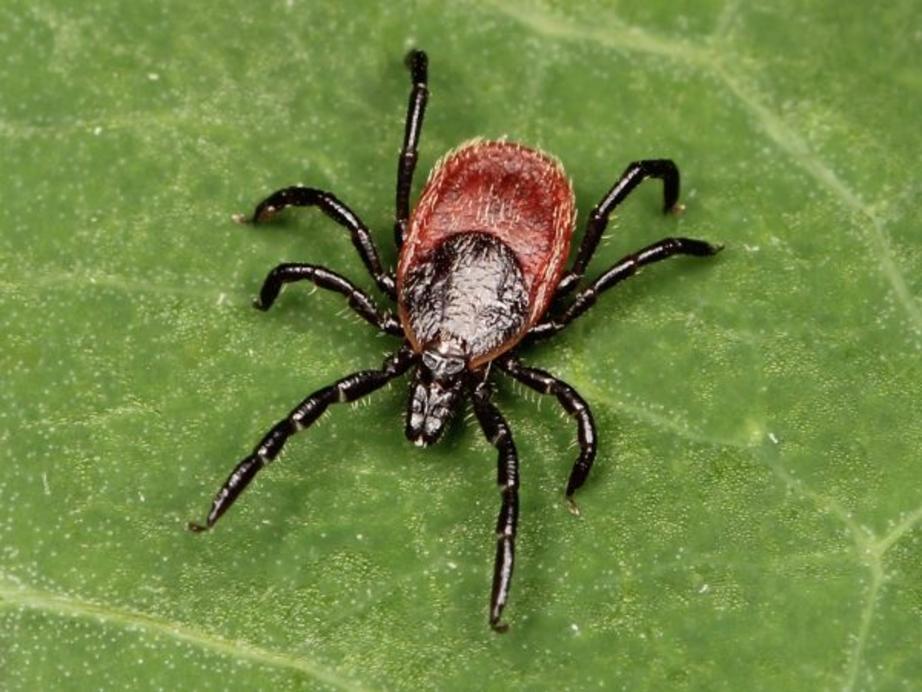Lone star ticks do not spread Lyme disease: researchers review 30 years of evidence to exonerate the insect
The spirochetal bacterium Borrelia burgdorferi, which is the causative agent of Lyme disease, is known to be transmitted to humans through the black-legged tick (Ixodes scapularis). However, with the lone star tick's (Amblyomma americanum) recent spread to northern regions, many have also associated it with the spread of Lyme disease. In a paper that was published in the Journal of Medical Entomology, researchers highlighted that lone star ticks – while they carry with them pathogenic bacteria – are not responsible for Lyme disease.
- In earlier studies which associated B. burgdorferi in lone star ticks, these were determined using methods that are not specific to Borrelia bacteria. According to researchers, spirochetes that were found in the ticks were likely to be from other species, or from hosts that were already infected with Lyme disease.
- Currently, B. burgdorferi is rarely detected in lone star ticks, and when it is, it is usually from a bloodmeal of an infected host. Moreover, B. burgdorferi strains in lone star ticks did not show vector competency when they were tested.
- Previous studies have also indicated that certain strains of B. burgdorferi in the southeastern U.S. are "better adapted" by other ticks aside from the black-legged tick.
- However, subsequent reviews have revised this to Borrelia lonestari – the pathogen once thought to be responsible for Southern Tick-Associated Rash Illness (STARI), which early symptoms resemble early Lyme disease.
- Also, B. burgdorferi was never successfully cultured in lone star ticks, and no infection from the bacteria was noted after surveilling 52,000 ticks.
- Researchers also found a chemical which destroys B. burgdorferi in the saliva of lone star ticks, which was noted in 99.5 percent of all sampled organisms.
Researchers believe that debunking this misconception will raise awareness of other problems that are caused by lone star ticks.
Find the full text of the study at this link.
For the rest of this article please go to source link below.
For full references please use source link below.

